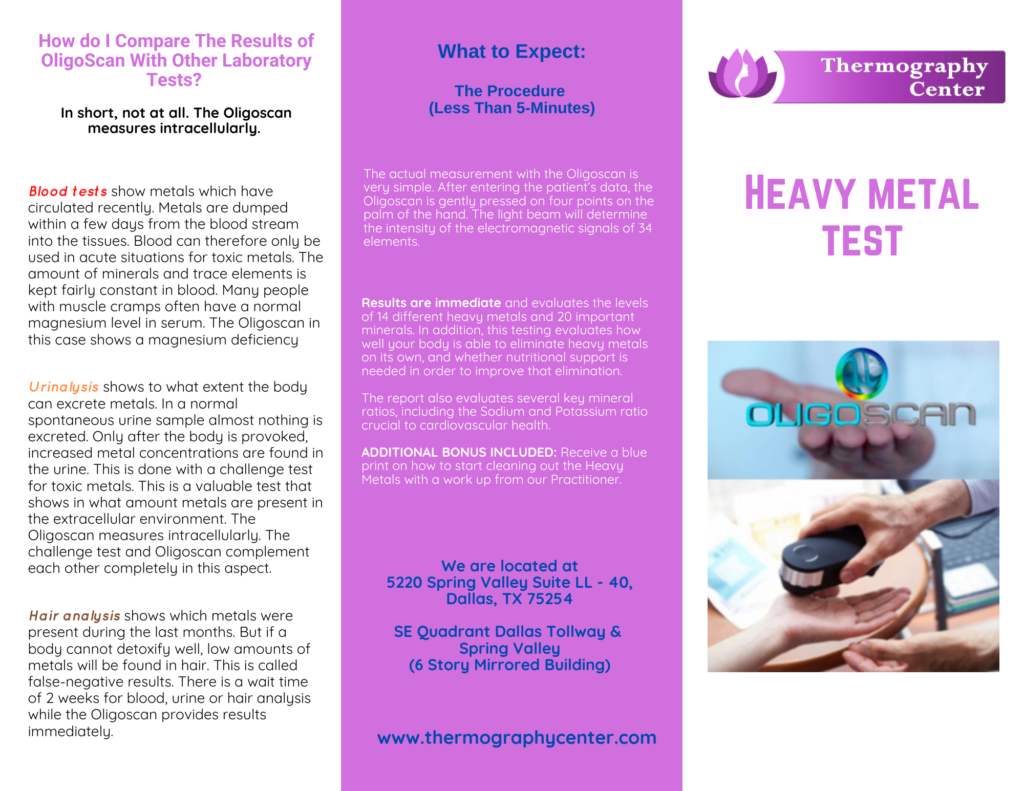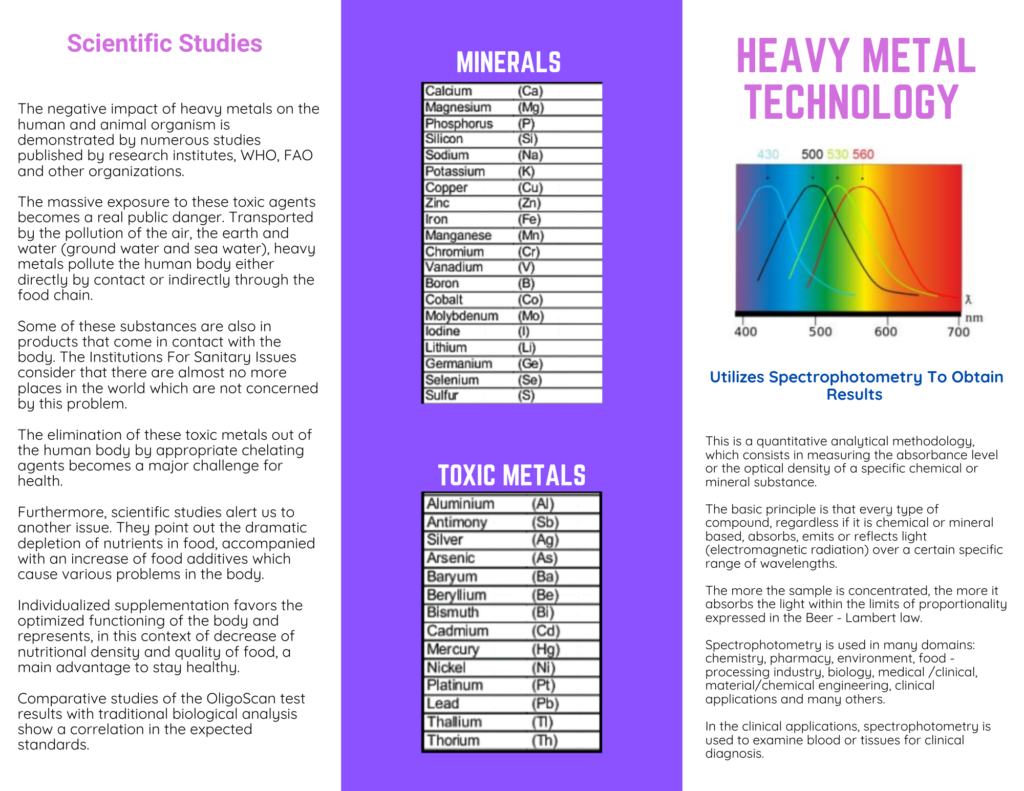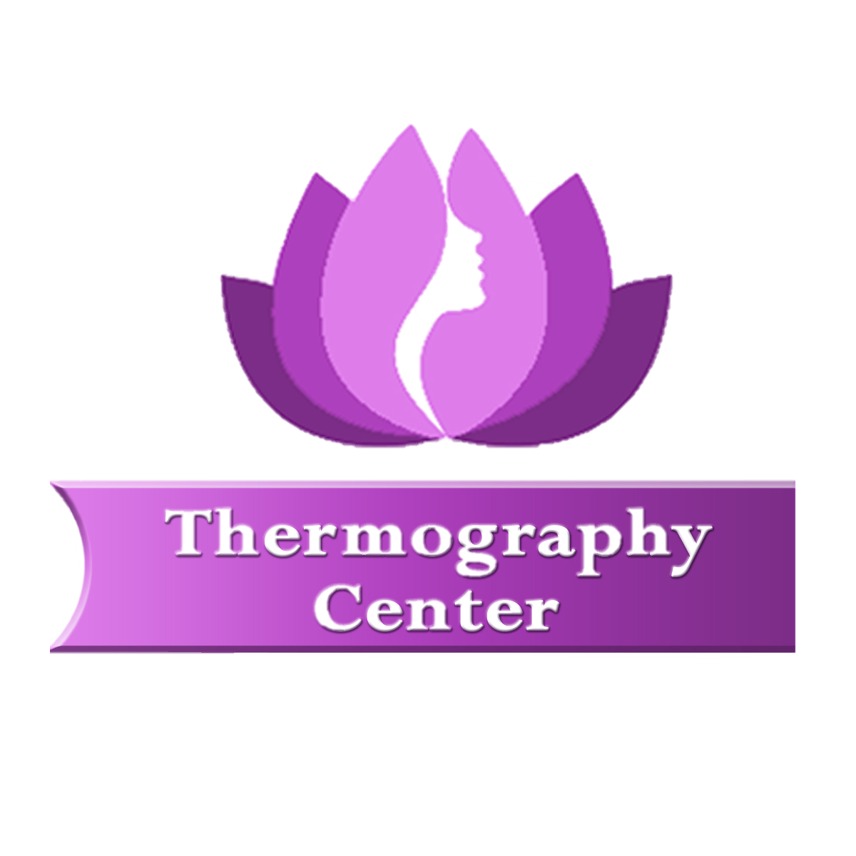Why People Choose Us.
Thermography Center of Dallas cares about its community and wants to assist you in finding answers to questions. Below are answers to some typical questions people ask. If you have additional questions, please contact us.
HOW DO I COMPARE THE RESULTS OF OLIGOSCAN WITH A BLOOD TEST?
In short, not at all. The Oligoscan measures intracellularly. Blood tests show metals that have circulated recently. Metals are dumped within a few days from the bloodstream into the tissues. Blood can therefore only be used in acute situations for toxic metals. The amount of minerals and trace elements is kept fairly constant in blood. Many people with muscle cramps often have a normal magnesium level in serum, also if the magnesium content is measured in red blood cells. The Oligoscan in these cases shows a magnesium deficiency.
HOW DO I COMPARE THE RESULTS OF OLIGOSCAN WITH URINE TEST?
Urinalysis shows to what extent the body can excrete metals. In a normal spontaneous urine sample, almost nothing is excreted. Only after the body is provoked are increased metal concentrations are found in the urine. This is done with a challenge test for toxic metals. This is a valuable test that shows in what amount of metals are present in the extracellular environment. The Oligoscan measures intracellularly. The challenge test and Oligoscan complement each other completely in this aspect.
HOW DO I COMPARE THE RESULTS OF OLIGOSCAN WITH A HAIR TEST?
A hair analysis shows which metals were present during the last months. But if a body cannot detoxify well, low amounts of metals will be found in hair. This is called false-negative results. Blood, urine, or hair analysis let you and your patient wait for two weeks, while the Oligoscan provides results immediately.
HOW IS THE MEASUREMENT WITH THE OLIGOSCAN DONE?
The actual measurement with the Oligoscan is very simple. After entering the patient’s data, the Oligoscan is gently pressed on four points of the hand palm. The light beam will determine the intensity of the electromagnetic signals of 34 elements. The computer calculates the results, and a three-page report is generated within seconds.
WHAT MINERALS ARE MEASURED?
On page 1 of your report, you find the results of 20 minerals and trace elements, including a global overview of deficits and surpluses. The following elements are analyzed:
- Calcium (Ca),
- Magnesium (Mg),
- Phosphorus (P),
- Silicon (Si),
- Sodium (Na),
- Potassium (K),
- Copper (Cu),
- Zinc (Zn),
- Iron (Fe),
- Manganese (Mn),
- Chromium (Cr),
- Vanadium (V),
- Boron (B),
- Cobalt (Co),
- Molybdenum (Mo),
- Iodine (I),
- Lithium (Li),
- Germanium (Ge),
- Selenium (Se), and
- Sulfur (S).
WHAT HEAVY METALS ARE MEASURED?
On page 2, the results of 14 toxic heavy metals are printed, including the global metal intoxication and the extent to which the sulfur conjugation of the liver is blocked. The following heavy metals are:
- Aluminum (Al),
- Antimony (Sb),
- Silver (Ag),
- Arsenic (As),
- Barium (Ba),
- Beryllium (Be),
- Bismuth (Bi),
- Cadmium (Cd),
- Mercury (Hg),
- Nickel (Ni),
- Platinum (Pt),
- Lead (Pb),
- Thallium (Ti), and
- Thorium (Th)
HOW CAN THE RESULTS BE KNOWN SO QUICKLY?
The Oligoscan is connected with a USB cable to a computer with an Internet connection. The measurement with the Oligoscan is done utilizing a light beam. Nothing is faster than light, and the connection to the server with which your computer is communicating is as fast as normal Internet traffic. The results are known within a minute after entering the patient’s information.
HOW DOES THIS DEVICE WORK
The method used by Oligosscan to obtain the results on the amount of trace elements and minerals, in the tissues is optical. It is a quantitative analytical method that consists of measuring the absorbance or the optical density of a chemical substance.
The basic principle is that every chemical compound absorbs, emits, or reflects light (electromagnetic radiation) on a certain range of wavelengths. The more the sample is concentrated, the more it absorbs the light within the limits of proportionality expressed in the Beer-Lambert law.
The optical methods are used in the following domains: chemistry, pharmacy, environment, food-processing industry, biology, medical, clinical, industrial, and many others.
In clinical applications, optical methods are used to examine the blood or the tissues for clinical
IS OLIGOSCAN CLINICALLY VALIDATED?
Oligoscan has been validated by our scientific team through an important series of comparative tests compared to the clinical symptoms presented by the patients.
Relevant correlations with blood tests have been observed.
Ask Us if you have any questions!



